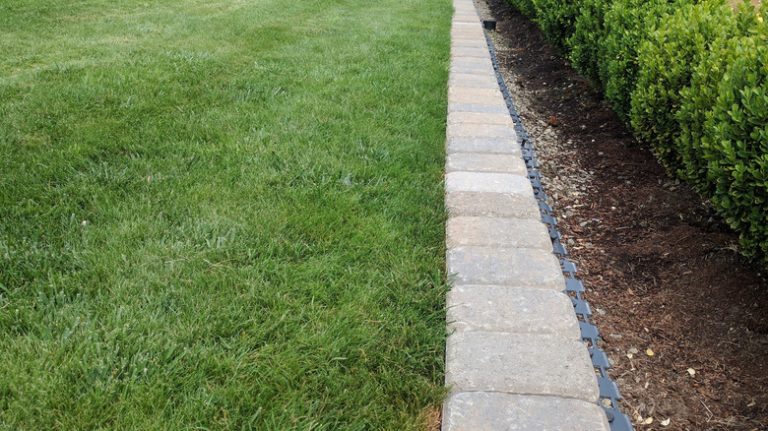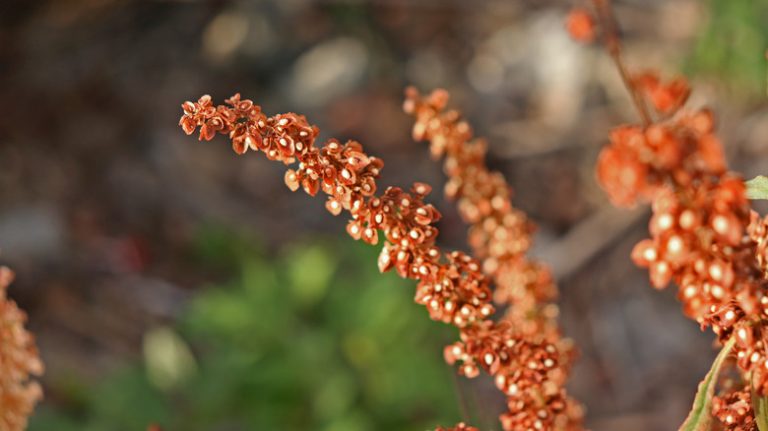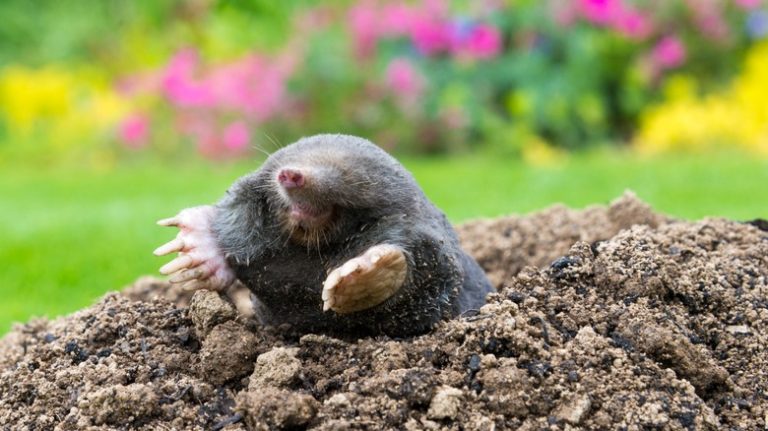A lush landscape is something every gardener strives for, but it can be a lot of work to get there. It can be tough to achieve if financial, physical, or time restraints prevent you from doing what you want with your flower beds. You don’t have to let the space go to waste, however. A low-maintenance spread of plants can help you get the look you want with only half the effort if even that. Blue oat grass, Helictotrichon sempervirens, is a gorgeous plant that doesn’t require much care but will reward you with eye-catching clumps of silvery-blue grass.
Even if you don’t need to cut your gardening time in half, blue oat grass is an excellent choice to have in an ornamental garden. It fills space nicely and adds a stunning light blue color usually only provided by flowers. It can be used in a landscape in many ways, which is why it should become a staple for every gardener and landscaper.
Using blue oat grass in the landscape
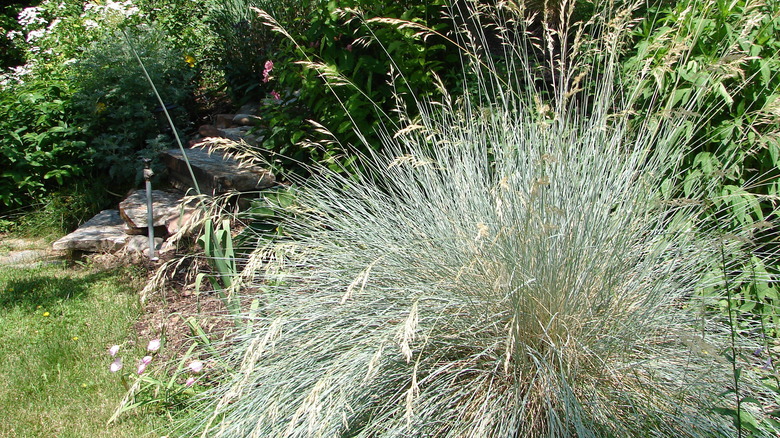
Blue oat grass may not look so blue on its own, but when paired with green plants, you’ll notice its blue hues are quite obvious. This stark contrast makes it a great addition to the garden because it will stand out. If you have a rock garden that’s predominantly neutral tones with some green grasses, the blue oat grass will add an unexpected pop of color. But, since the blue color has a silvery tone, it will still be neutral enough not to be out of place in a rock garden.
While the blue oat grass works well in ornamental and rock gardens, it can pull its own weight in the landscape. The foliage only reaches 2 feet tall, with seasonal summer flowers reaching up to 3 feet. Though it’s short, it makes a beautiful specimen plant you can showcase on its own. It also works well along sidewalks since it has a compact clumping growth habit and doesn’t have stolons or rhizomes that cause it to spread out of control.
Caring for blue oat grass is a breeze
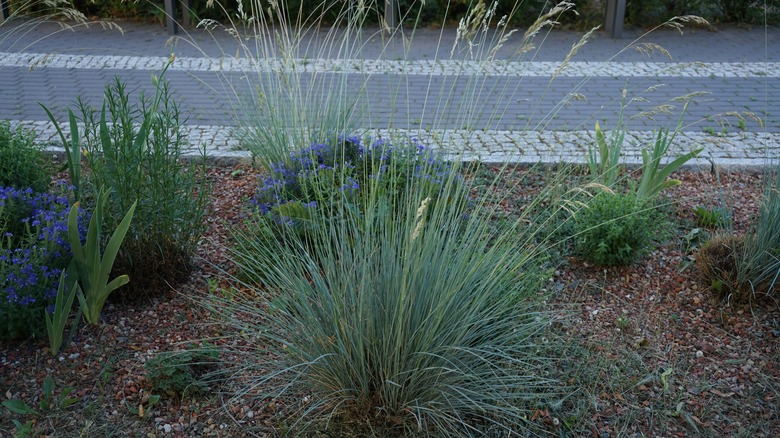
Blue oat grass doesn’t ask for much. It can thrive in dry to moderately moist soil but looks the most blue in dry soil since it’s drought tolerant. Less is truly more with this plant. It grows well in hardiness zones 4-8, though you may want to cut it back in areas with harsh winters since it’s only evergreen in warmer climates. The blue color fades to a wheat-like shade of brown in the fall and winter. If you don’t mind dead leaves, you can leave them there through the cold season for some visual interest. Should brown leaves appear in spring or summer, you can remove those as needed without harming the plant.
This grass will look its best in full sun but is tolerant of partial shade conditions. Soil that’s rich in organic matter is ideal, but the plant won’t complain much in average soil, giving you plenty of opportunity to use it in the garden. Fungal diseases like crown rot and rust may happen in humid areas with moist soils. Well-draining soil and only watering when it’s dry will prevent these diseases. Blue oat grass has no major pest problems, giving you one less thing to worry about in the garden.

